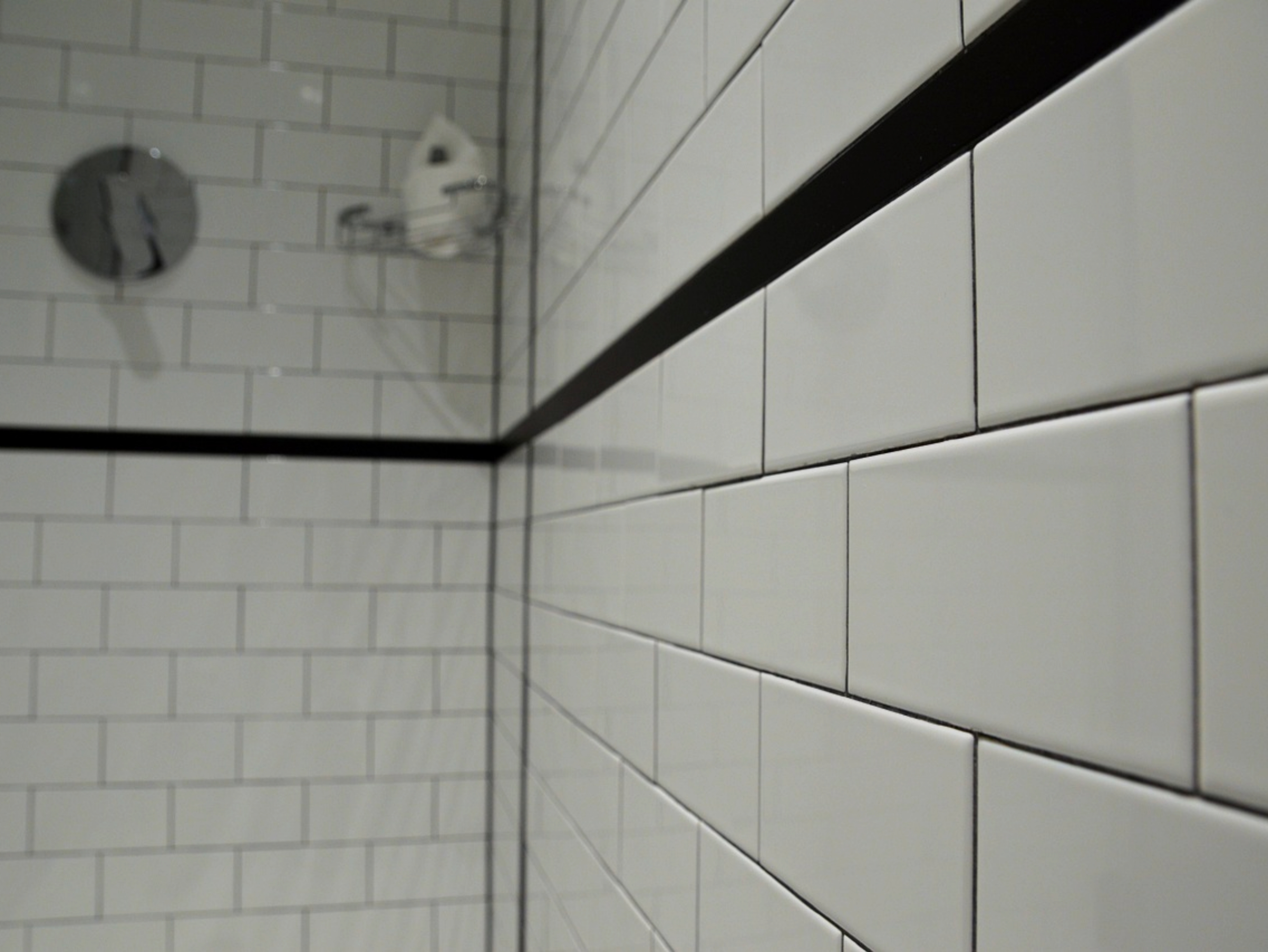 |
| 3D land with contour lines |
Some students, graduates and even practicing Architects may still find it hard when it comes to reading survey plan containing contour lines and knowing how to play with the slope represented by the contour lines as they design.
This will present a very big issue when it comes to handling any site that has high level of slope ( steep slope) which discourages leveling as it might cost a great fortune to level and might endanger the building to landsliding.
In approach to tackle the contour lines issues due to misunderstanding; this post will guide you on how to read a given contour line; how to cut a section of the contour and how to apply it in your design.
To clear the air, let us then start with an explanation of contour lines.
contour lines are said to indicates levels variation on a site plan.
Contour Line Explanation
Each contour line is plotted to show that the entire line is of the same level, for example, if you walk along a particular contour line, you would walk on the same level continuously.
Think of contour line as the tread (going) of a step (stair); which when you land on, you are continuously at the same level.
Note: to clear some level of confusion that may arise pertaining to the above explanation; it is necessary you note the term line as in contour line. Unlike the treads (goings) of steps (stairs) that has the width of about 300mm or much more; contour lines are just lines indicating points of a contour at the same level bound by lines.
The figures written on contour lines in a survey plan indicates height in which the levels are above sea depth. Contour lines that are close to each other are showing that there is a steep rise (rising quickly) between the two levels, whereas contour line that are not close is showing that there's a more level area.
Also note that Contour lines cannot cross each other except there are presence of mountains, or caves.
When you see numbers on contour lines it shows the height in which the levels or elevations are above sea depth and the numbers in parentheses indicates the heights in which the levels are higher than each other vertically in [reference to zero (lowest of them)].
The difference in height of the contour lines as denoted with numbers in perentheses "( )" as in the below image (fig.1) are called contour intervals.
 |
(Fig.1). survey plan showing contour lines
|
look at the survey plan below showing contour lines with labels and study the
descriptions carefully as we explain in detail below.
Note: keep referring to the above image (fig.1) as you read it's description below for easy assimilation (understanding).
Contour Lines Figure Descriptions
- Contour line(level)A is 230m above sea depth and it is considered the lowest level.
- Contour line(level)B is 231m above sea depth and 1m higher than level A.
- Contour line(level)C is 232m above sea depth; it is 2m higher than level A and 1m higher than level B.
- Contour line(level)D is 233m above sea depth; it is 3m higher than level A and 1m higher than level C.
- Contour line(level)E is 235m above sea depth; it is 5m higher than level A and 2m higher than level D.
- Contour line(level)F is 236m above sea depth; it is 6m higher than level A and 1m higher than level E.
- Contour line(level)G is 237m above sea depth; it is 7m higher than level A and 1m higher than level F.
- Contour line(level)H is 238m above sea depth; it is 8m higher than level A and 1m higher than level G.
- Contour line(level)I is 239m above sea depth; it is 9m higher than level A and 1m higher than level H.
- Contour line(level)J is 240m above sea depth; it is 10m higher than level A and 1m higher than level H.
- Contour line(level)K is 242m above sea depth; it is 12m higher than level A and 2m higher than level J.
How to Cut/Plot Section of Contour
Firstly, just the same way sections are cut in a building floor plan, you draw a section line on the land and trace down from where the section line and contour lines intersect (where section lines and contour lines meet).
Note: You only trace down the lines that the section-line cut. see drawing (section 02) below:
 |
| (Fig. 2) survey plan showing contour lines and section |
Above (fig.2) is a drawing showing traces of lines labelled with letters and numbers which represent levels on the survey plan.
It is also important to note that the earth as in the above section (fig.2) has 3 notable parts ( but depending on the nature of the ground, you may only encounter just two views of those), the 3 parts are:
- The green area: this is the vegetative top soil. Due to how bent this land is; looking at the contour section from the view point as in the section, we were able to see the vegetative top part of the other side of the land. Keep in mind that this is not a major part and might not serve any major purpose as regards to this tutorial, but still we intend to keep things realistic. Hope it didn't confuse you?
- The tick dart line: this is the topmost part of the earth in a sectional view. Remember I said the green area I mentioned earlier is just showing top vegetative earth of the other side of the land viewed due to the bent nature of the land. So the first and the second part is the same just the first is the top view while this is the sectional view LINE.
- Then, finally the brown part: this part is simply the subsoil.
Procedures for plotting the slope as in the section
On a drawing table; Having your site survey plan above and a plain sheet below or a white space (in the case of CAD).
Draw a horizontal line on the site survey plan across the area you wish to view it's section. (See S-02 in fig.2)
Take note of where the horizontal sectional line crosses (intercepts) the contour lines, then trace down the lines by drawing a straight vertical lines to the plain sheet or white space below. See fig.2
Taking note of the contour lines which the sectional line cross (intercept) which are : A (0m), B (1m), C (2m), D (3m), E (5m), H (8m), I (9m), J (10m). This numbers are got by subtracting the value is A (level zero) by the number in a particular contour line.
Example: the height value of J is (from the site countour line); 230(A) - 240(J) = 10m. Therefore, 10m is the value of J from A (zero level).
Now draw a horizontal line that will intercept the vertical lines with height differences: 0m, 2m, 3m, 5m, 8m, 9m, and 10 respectively.
- Trace the point of intersection between the vertical traced lines and horizontal line that occurred in each level to get the slope of the land.
Now trace the vertical and horizontal lines interception in respect to the contour lines height values; from right: trace 10m and J intercept to 9m and I intercept, move to 8m and H intercept, then to 5m and E intercept, continue to 3m and D intercept, and then to 2m and C intercept, reaching 1m and B intercept and finally to 0m and A intercept. Continue and run through the other side with same movement to get below result.
 |
| Fig.3 |
How to achieve a building on a sloppy land with Cut And Fill
Finally, how do we design or construct a building to perfectly suit the land contours as represented by the contour lines?
This is the most important part dealing with land contours. first we learnt what a contour line is and how we cut a cross section of the contour line to visualize the topographic nature of the land.
Now we will add a building to the land in respect to the existing contours; considering the position of the building and the contour height and the playing with these considerations to achieve a great structure.
To do this, we will be using an approach called cut and fill. to simply put; cut and fill means we will cut an unnecessary hilly part of a land to fill a valley part.
Note: there can be cutting without filling and there can be a filling without cutting. Meaning is you only have an unnecessary hill to deal with, just take the cut earth off and if you have only a valley to deal with, go get a sand to fill.
But if you have both a hill and a valley to deal with in respect to the building positioning, then you cut the hill to fill the valley.
Below is a well detailed drawings and explanation of a typical cut and fill implementation in building construction.
Most importantly: note that if we try to have the land leveled, we will be presented with two major issues; the first is cost and the second which should be mostly considered is landslide.
what is a landslide?
 |
| Fig.4 |
A landslide can be said to be the mass movement of earth or debris, down a slope. though several things may cause landslide but in respect to what we are dealing with; it is cause by the steepness (that is quick rise) of the land slope.
the image above (fig.4) reveals how a building can be endangered if it is built beside a steep slope.

fig.5
so to avoid having a steep slope you will have to gradually level the land at the building interior spaces intervals in respect to the position of your building to the land.
in a clear way: if you are presented with a very sloppy land indicated with contour lines; where the height is from 1meter upwards, you are advised not to just level the area of your building flat.
play steadily with the contour as it slope up and have your building balanced.
Placing of building
 |
| Fig.6 |
above is a simple floor plan designed to adapt to the slope of the land. the contour lines shows change of level of the land at the contour intervals of 1meter each.
Though we used a different contour lines not that of Fig2 above, but we still added the figures from the previous, to aid comprehension. Hence we have contour line B, C, D as previously.
Now forget the whole grammar accompanied with cumbersome figures. Just note that each contour line as on the plan (fig6) exceed the preceding one with 1meter and the next one exceeds it by same 1meter, so we can say we are moving one meter (1m) rise from one contour line to another.
But then how can that be applied?
Ok, since we have a working plan already and have decided the position on then site, we will have to do a very critical thing; which is to meticulously (carefully) note where the contour lines cross the building.
it's obvious that only contour lines B, C, and D touched the building as on the above image and implemented on the below image.
 |
| Fig.7 |
In the cost of playing with the site
in reference to where the contour lines cross the building based on the building 's position, we implicated the earth to experience three States.
first is it's natural Undisturbed state
secondly, the cut state: the cut exists where excess earth is needed to be removed.
the third and final on this list is the fill which where more earth is required.
so, the above said should now give you the idea of cut and fill and how it works.
This simply means that any place labeled cut was an earth (hilly) but removed and any place you see fill means we added earth to make it up.
one thing you must note very well is that the cut and fill is done in reference to the contour intervals (1, 2 and 3meters) of 1m each.
More on Cut and Fill
The call-out (A) is a blown out that tends to present the cut and fill in a more detailed view.
As the red line shows the land slope, the pink lines labelled 'Cut' is the part of the earth that is removed and the blue lines labelled 'Fill' is the part of the land where earth is added and then compacted and leveled.
 |
| Fig.8 |
To rap it up; contour lines are lines showing the height of a slope at varying interval points. This means that even between two contour lines exists different heights but then, with contour intervals we can have values of know heights to work with.
Your turn
Did the above post answer the question(s) you have concerning contour lines? Let us know in the comment box.




















Thank you for this... But I still need more clarification on some design am working on currently
ReplyDeleteThank you so much for this. It helped at least to ease my curiosity. But I still need some clarification based on the design am currently working on.
ReplyDeleteNnamdi,
ReplyDeletewe are glad the post helped ease your curiosity.
please what exactly do you need clarification on?
Thank you
ReplyDeleteYou're welcome.
DeleteDon't forget to check this site for other posts.
We hope you will like them too.